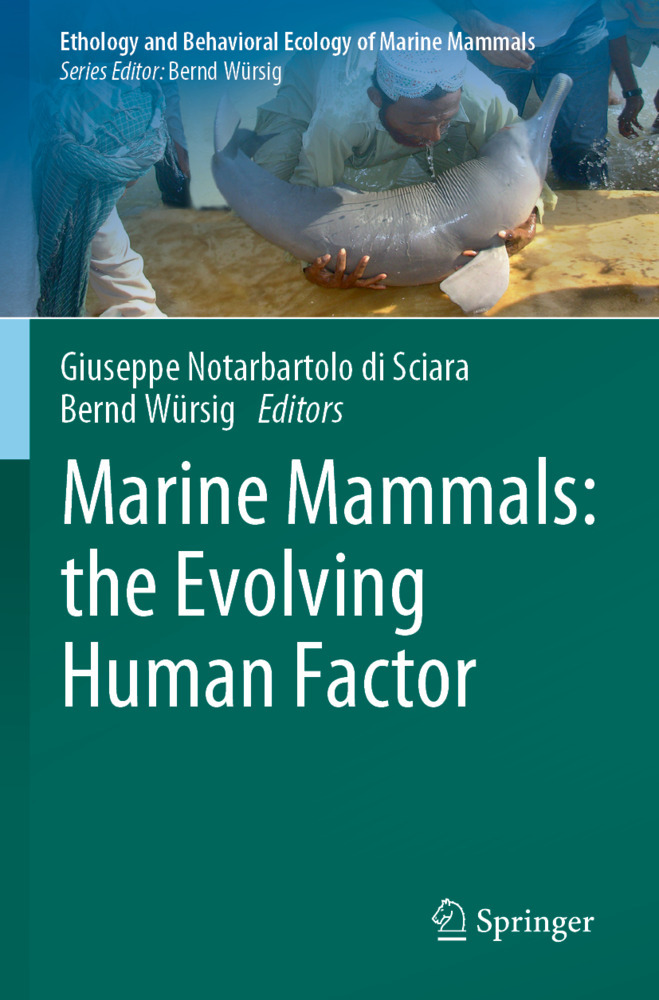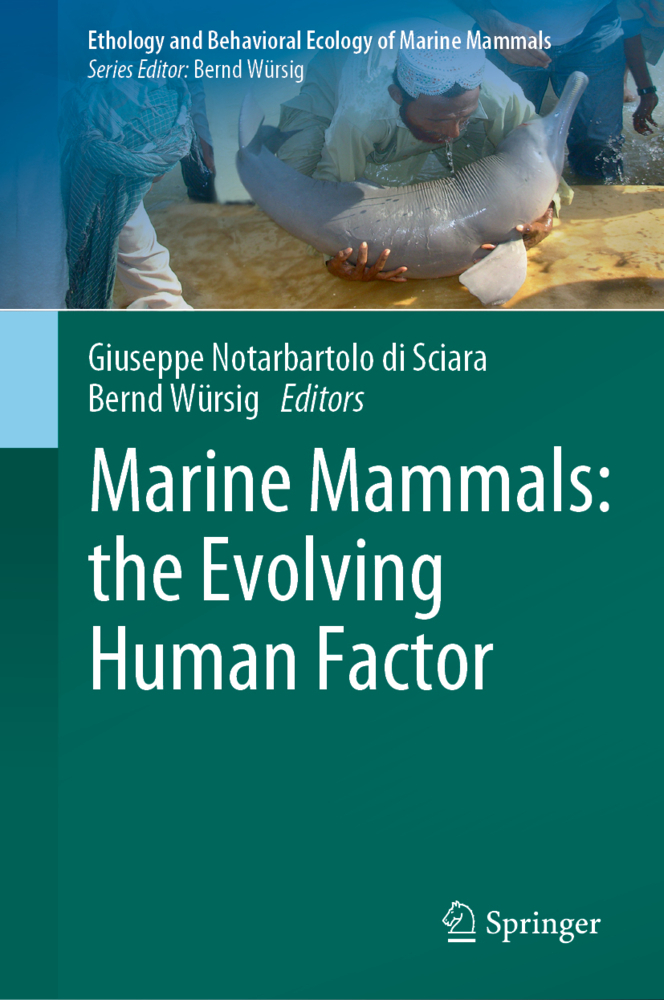Ethology and Behavioral Ecology of Mysticetes
Ethology and Behavioral Ecology of Mysticetes
In this book, an international team of leading marine mammal scientists, with a remarkably diverse set of backgrounds and areas of expertise, lead you through a synthesis of current knowledge on baleen whales. Baleen whales are the largest animals ever to have lived on this planet. They also have the lowest and most intense voices on Earth, most likely evolved to take advantage of ocean acoustic transmission conditions so as to be detectable across ocean basins. Some baleen whales can live to be 150-200 years old. They migrate many thousands of kilometers between feeding and breeding areas. They produce songs and calls that serve as behavioral foundations for establishing, maintaining and expanding their cultural identities. To conclude that we know the behavioral limits of these large brained, long-lived animals would be naïve. As baleen whale scientists, we are still beginning to comprehend the enormous complexities and natural histories of these remarkable animals.
Today, the fact that whales sing is known throughout much of the world. This awareness started 50 years ago with the publication and popularization of a collection of humpback song recordings that motivated research into baleen whale behavioral ethology. In this book's chapters, a reader's experiences will stretch from learning about baleen whale laryngeal anatomy associated with their different voices to learning about the vast ocean areas over which their voices can be heard and the emerging complexities of their culturally defined societies. These are accompanied by chapters on the fundamental ethological contexts of socializing, migrating, and foraging. Two common themes permeate the book. One theme highlights the phenomenal increase in scientific knowledge achieved through technological advancements. The other theme recognizes the impacts of human-made activities on ocean acoustic environments and the resultant influences on the health and survival of individual whales and their populations.
Although the book is intentionally ambitious in its scope, as scientists, we fully recognize that baleen whale science is still in its infancy. Many profound revelations await discovery by cohorts of young, multi-talented explorers, some of whom are stretching their wings in this volume and some of whom are reading these scientific stories for the first time.
Introduction: Christopher Clark and Ellen Garland
Ch 1: Overview. Christopher Clark
Ch. 2: Anatomy and physiology. Joy Reidenberg
Ch. 3: Movement, Residency & Migration. Alex Zerbini and Sue Moore,- Ch. 4: Feeding strategies. Ari Friedlaender
Ch. 5: Molecular genetics. Emma Carroll
Ch. 6: Social organization. Peter Tyack
Ch. 7: Ethological and bioacoustic variability. Christopher Clark
Ch. 8: Baleen whale culture. Ellen Garland and Emma Carroll
Ch. 9: Blue whale - Global diversity & behavioral variability in a specialist. Ana Sirovic
Ch. 10: Humpback whale - Global diversity & behavioral plasticity in a court jester. Rebecca Dunlop
Ch. 11: Humpback whale song - Global diversity & behavioral plasticity in a court jester. Danielle Cholewiak, Sal Cerchio and Ellen Garland
Ch. 12: Bowhead whale - Acoustic variability in the almost-a-right whale that went north. Kate Stafford
Ch. 13: Right whales - From north to south, what's the big difference? Susan Parks
Ch. 14: Minke Whale - Diversity and variability. Denise Risch
Ch. 15: Omura's Whale - An enigma. Sal Cerchio.
Clark, Christopher W.
Garland, Ellen C.
| ISBN | 978-3-030-98451-9 |
|---|---|
| Medientyp | Buch |
| Copyrightjahr | 2023 |
| Verlag | Springer, Berlin |
| Umfang | XVI, 384 Seiten |
| Sprache | Englisch |











